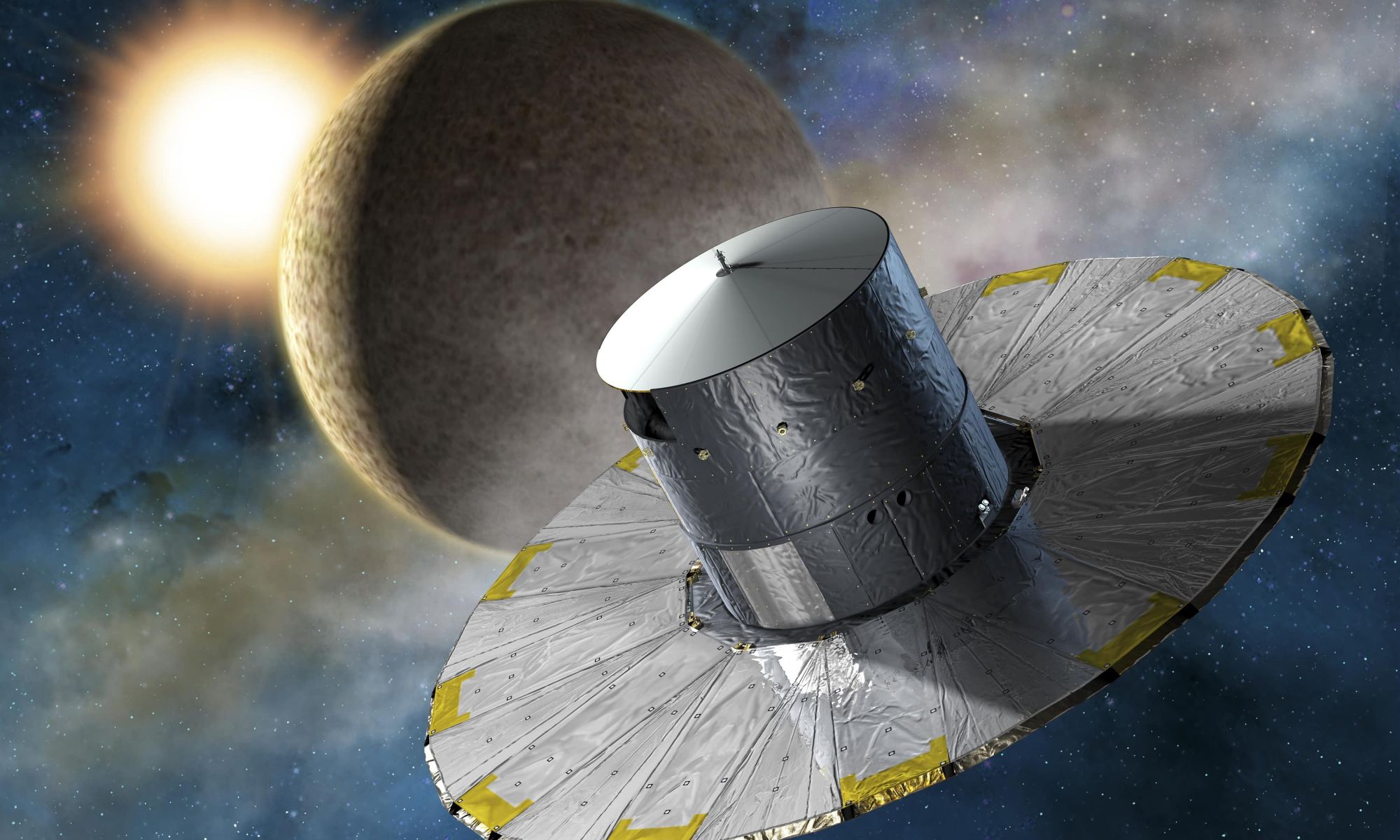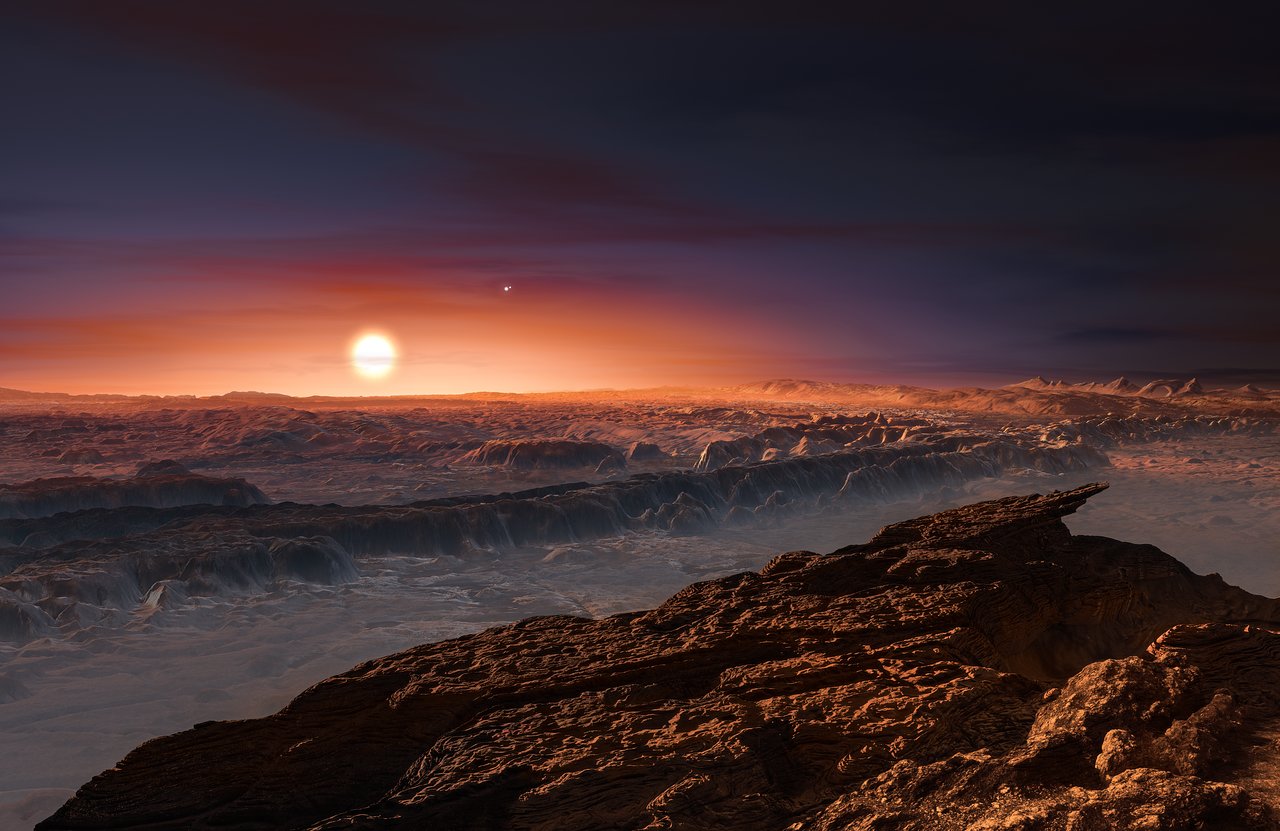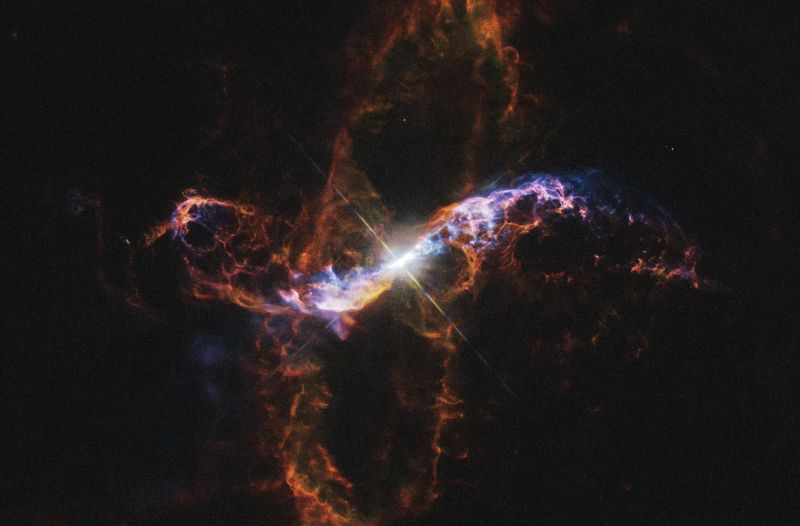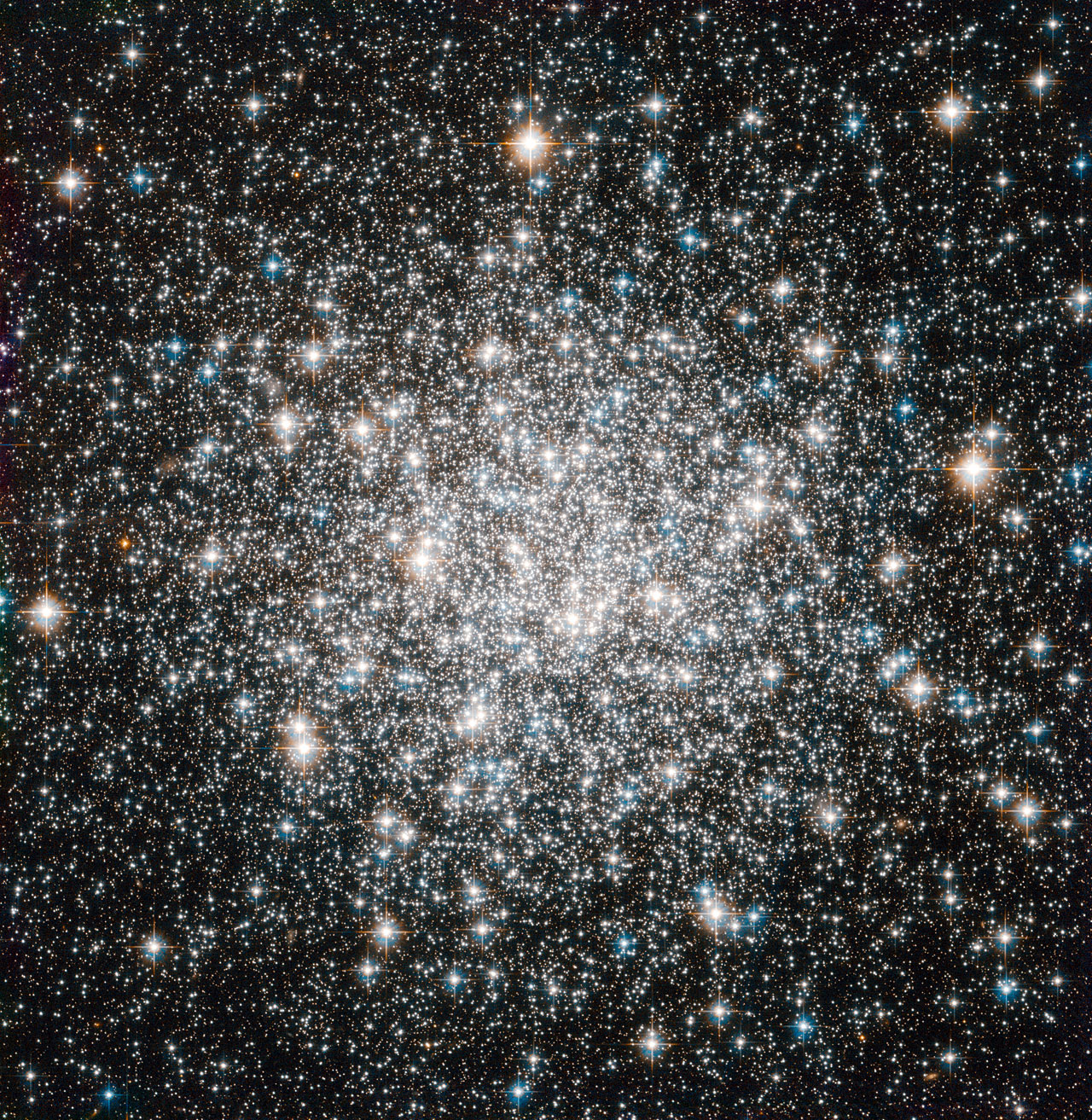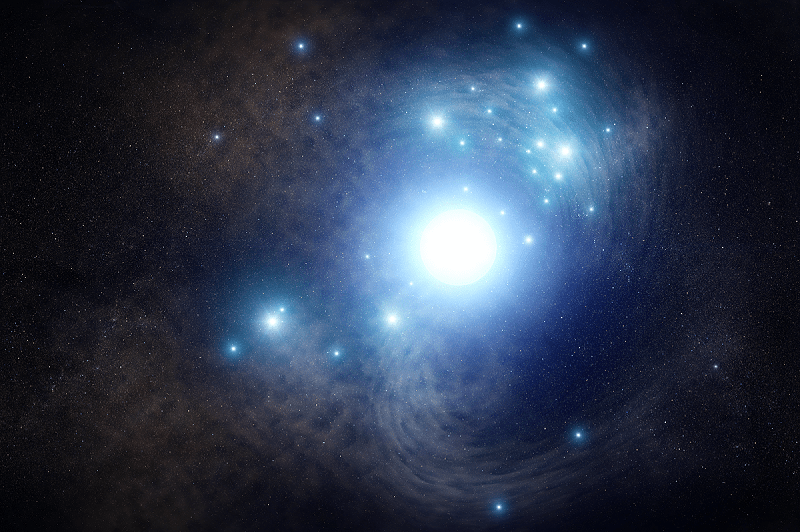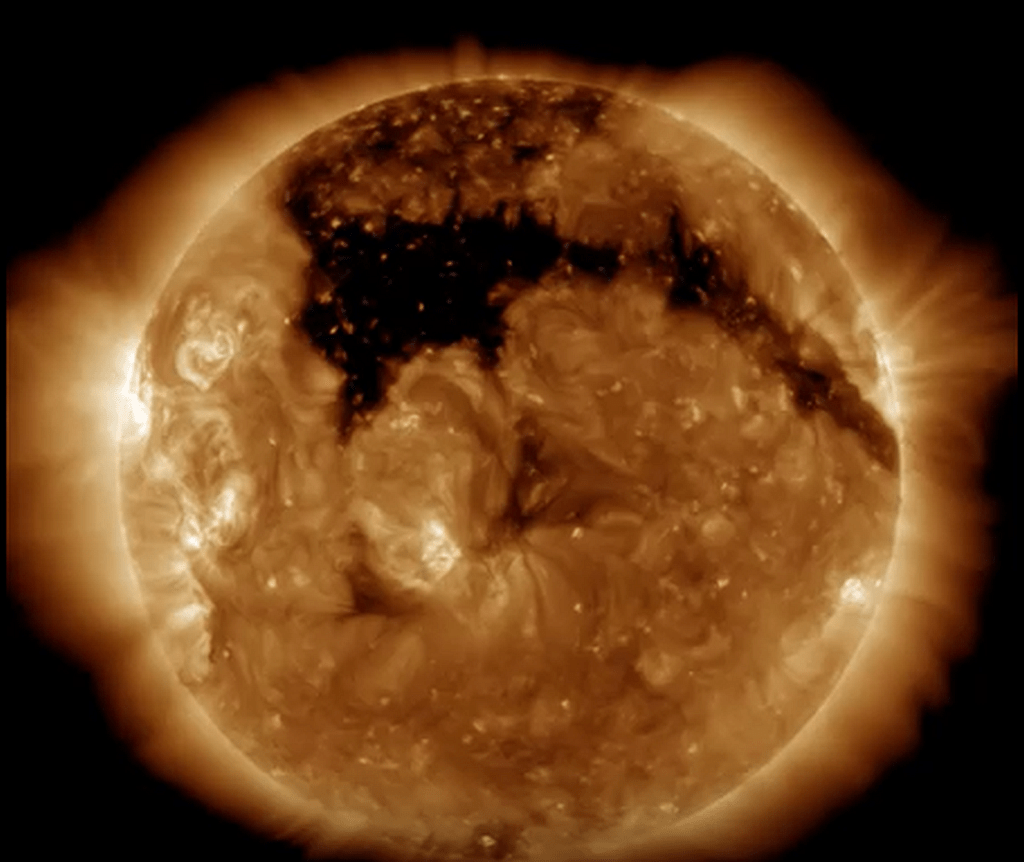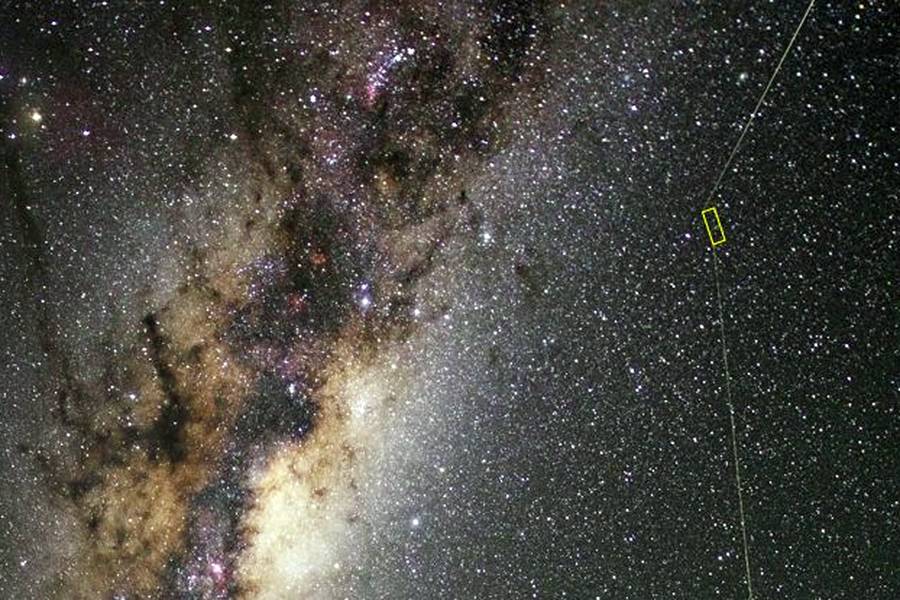In addition to being one of the most beautiful and frequently photographed objects in the night sky, Eta Carinae also has also had the honor of being one of the sky’s most luminous stars for over a century and a half. In addition, it has been a scientific curiosity since its giant ejected nebula (Homunculus) contains information about its parent star.
It is therefore sad news that within a decade or so, we will no longer be able to see the Homunculus nebula clearly. That was the conclusion reached in a new study by an international team of researchers. According to their findings, the nebula will be obscured by the growing brightness of Eta Carinae itself, which will be ten times brighter by about 2036.
Continue reading “Eta Carinae is Getting Brighter Because a Dust Cloud was Blocking our View”

